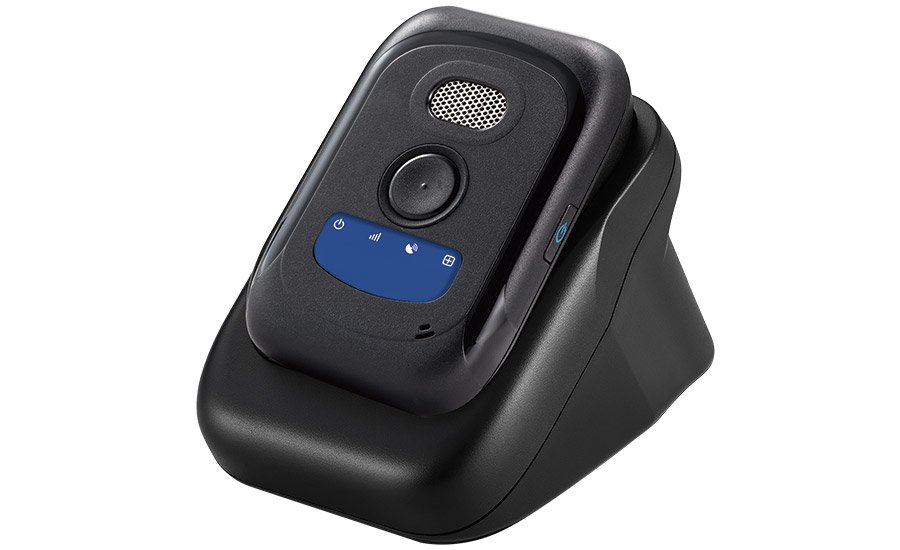
Wearable technologies have been widely adopted by consumers to measure and track aspects of health. Bracelets can track steps and calorie burn, clothing can measure heart rate and VO2 levels. While adoption is slower in clinical settings some health care organizations have begun to integrate wearable technologies into patient care to create more opportunities for e-health programs and to create new data availability.
Some wearable technologies developed for the healthcare sector are designed to monitor patient vitals. Patients who are not in critical condition are able to receive round-the-clock monitoring from health care professionals at home or at a step-down care facility. There is no need for people recovering from basic surgeries or who have chronic conditions to remain in the hospital for prolonged periods of time. Care can be dispatched to their homes on an as needed basis if vitals stray outside a “normal” range.
Not every patient requires this level of monitoring and care. But that does not mean there is not a need or place for wearable technology in their ongoing care plans. Less technical devices that do not include monitoring features for vital signs can still provide a valuable lifeline between patients and providers.
Many assume that long term care is only for senior citizens. In reality there are a variety of reasons young and old patients alike can require assistance with daily activities and medical needs. However, seniors do make up the largest percentage of populations requiring ongoing care services.
According to the U.S. Centers for Disease Control (CDC), 8,357,100 people receive support from the five main long-term care services each year. These include home health agencies (4,742,500), nursing homes (1,383,700), hospices (1,244,500), residential care communities (713,300) and adult day service centers (273,200). While nothing can replace face-to-face interactions between patients and care providers technology can help enhance caregiving and even improve patient outcomes in certain situations.
Often the decision to move into a senior living facility or retain a home health nurse is made due to failing health, the death of a spouse, or the general wearing out of the body. At age 65 normal daily activities might be easy, but by their mid-70s many people start noticing problems with balance, arthritis, and a loss of strength.
Tasks that used to be simple may seem more challenging and more accidents begin to occur. An active lifestyle can be hampered by the risk of falls and other health issues. One in four adults over age 65 falls each year according to CDC data. And as people age they are also more likely to develop symptoms caused by diseases like Parkinson’s, Alzheimer’s and dementia.
Many seniors retain a certain amount of independence after moving into a senior living facility or hiring a home health nurse. On any given day patients could be on a walk, running errands to the local grocery store or taking part in a number of other activities that put them outside of a care provider’s reach. Normally, if an accident occurred in a situation like this the care provider would not know until the person missed a meal or medical check-in. Precious minutes of response time could be lost without the aid of clinical wearable devices like mPERS.
mPERS (mobile personal emergency response system) devices share some functionality with cell phones, like the ability to place a call for help, mPERS devices are more versatile and feature specific. Typically, a smart phone only has enough battery life for a few days of use, and unless a specialty application or feature is enabled on the phone, it cannot be used to locate a person easily. Smart phones also cannot detect if an accident like a fall occurs or place an automatic call for help.
mPERS devices are not only to detect a fall they go beyond the capabilities of a cell phone and are able to auto-dial family or a response team for help if a fall occurs. The battery life of mPERS devices is far superior to smart phones, lasting up to 30 days in sleep mode.
Most devices feature an SOS button that can easily be pressed in an emergency without the need to focus on dialing numbers. Caregivers of patients with dementia can also benefit from the on-demand location services of mPERS devices. An mPERS device can be relied on to accurately provide a patient’s location to family members or a caregiver, all with a simple press of a button.
mPERS devices are not the outdated “senior” technology many people are familiar with, the button you wear and push when you fall. This type of technology only works within a certain range or a central call box. If a person falls in the yard or needs navigational assistance away from the senior living facility this technology cannot be activated to call for help.
On the other hand, mPERS devices are designed to work anywhere and feature a two-way speaker so caregivers can speak and listen to the patient. mPERS are the all-in-one solution that deliver peace of mind, improve security and quality of life for aging adults and their care givers.
mPERS should be viewed as a tool that can enhance life, not make a person feel old and feeble. They can help caregivers monitor patient location in an emergency and enable care to be mobile, fitting each patient’s activity level and preferred lifestyle. Overall patients, their families and care providers are all given peace of mind knowing the mPERS device provides a lifeline to help should one ever be needed.
Chris Holbert is the CEO of SecuraTrac, a provider of GPS-enabled mobile health and safety solutions focused on senior safety, employee well-being. Prior to starting SecuraTrac in 2008, Chris was the COO and CIO of LaunchPad Communications, served as the CIO for North American Scientific, Inc. and held senior consulting positions for Ernst & Young, LLP and American Management Systems, Inc.
